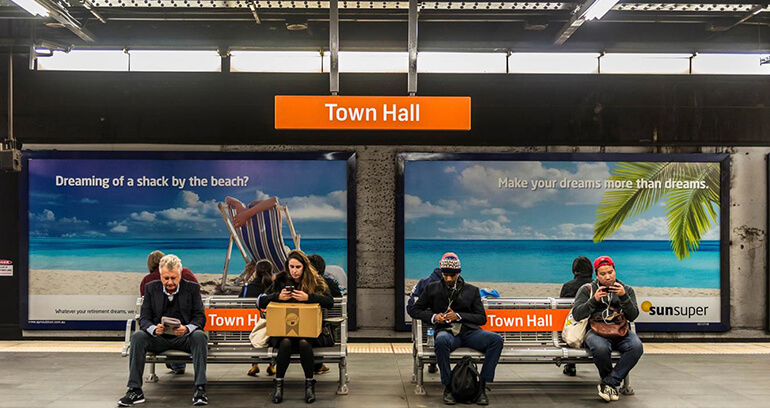The younger generation is on the way
to deserting traditional TV and switching to Over-the-Top (OTT) entertainment
and streaming services in just a blink of the eye. But a fresh, unforeseen
report from Nielson reveals the fact that they still engage in their
contribution to the viewership of linear TV. But here’s the catch, it just occurs
outside their homes.
This linear TV adds seen OOH has helped considerably to shorten the wide gap
between passive observation and active engagement.
Some of the stats about the OOH TV are
- The average age of the viewer is at 37 years.
- Females account for a total of 55% of the views.
- Average income reported by the viewers is supposed to be $55,000.
- At least 42% of the viewers claim to have a graduate degree.
- More than 1/3rd of the respondents have admitted to watching these OOH entertainment programs.
Places ranging from gyms, bars, hotels and even friends’ homes are the constant sources for the viewers to get their share of the linear TV.
A remarkable number of the audience said they preferred the comfortable environment of a friend or a colleague’s place where people gather for season premieres, award shows, sports games and political broadcasts. To have a spirited social atmosphere, the sports enthusiasts flock to the nearest bars and restaurants for live streaming of the game.
Apart from these conventional gathering places, viewers also consume linear TV in airports, gyms and even the workplace. This is a hint that the entertainment industry provides advertisers with an opportunity to reach viewers on-the-go.
OOH, viewing environments provide a perfect advantage for creating a social buzz of the product where even an augmented interaction with the linear TV becomes a successful by-product.
As recorded via a survey, the people who watched OOH TV gave the following demographics-
- 60% discussed the ads and brand labels they saw outside their homes.
- Half of them went over the edge to research the brands on the internet.
- 40% took direct action to get the product- online or physically in a local store.
As part of the digital generation, this is more than necessary to understand that the millennials of this era are not much likely to invest in linear TV in their houses. But, their characteristic traits show their support to the OOH content viewing, especially in a social environment setting. The community interaction that happens outside the walls of the living room hitches a much profound engagement with the brands and products. It is seen that the audiences raise ads as a matter of discussions with co-viewers in the dedicated commercial breaks.
In this disintegrated entertainment industry, advertisers and marketers are forced to analyse devices and routines that form the buying habits of the consumer. And in a virtual world where newer generations are fabled to have drifted far away from the traditional linear TV, Out-of-Home TV viewing opens new broad crossroads for advertisers to influence viewers on-the-go and accumulate them in their sales bracket.





















